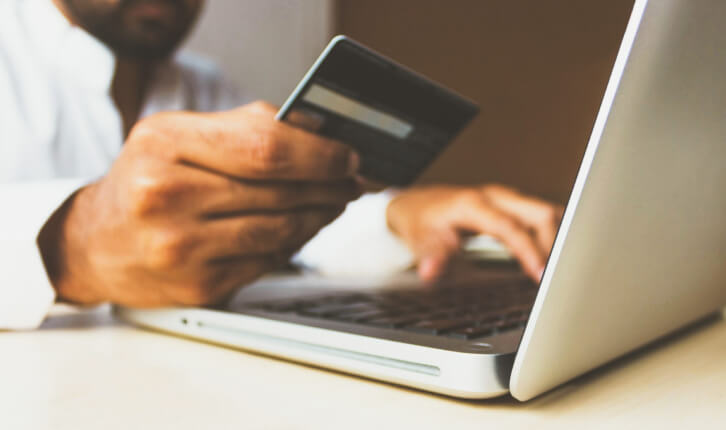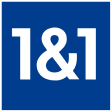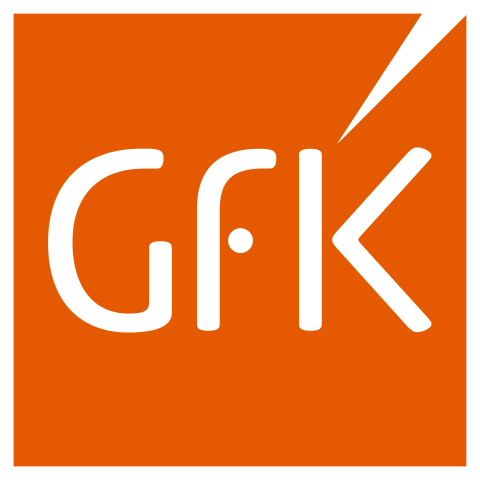Published on: August 31, 2022 | Last updated on: July 22, 2024 |
As the ecommerce world expands, the online consumer market becomes more competitive than ever. It is therefore vital that your business seizes the moment and addresses (arguably) its greatest challenge: pricing.
The right pricing strategy will help you gain an immediate advantage over your competitors when it comes to selling via the internet. And MAP pricing is definitely worth considering as you look to safeguard your products from counterfeiters and promote your brand.
In this article, we look at what MAP pricing is, why it should matter to growing ecommerce businesses, and how you can set it up for the best results.

MAP stands for Minimum Advertised Price. Put simply, MAP pricing is the lowest price a retailer can advertise your product for sale.
Typically, brands will have retailers agree to their MAP policy before sourcing products to them.
For example, if you have a product with a MAP pricing of $99, and this has been agreed with several retailers, those retailers cannot then sell that product for anything less than $99.
With an increasing number of third-party retailers online, chances are that your products are appearing across marketplaces around the world, many of which you probably don’t even know about.
Having visibility of what prices resellers are listing your products as, and whether they meet your MAP pricing, allows you to identify when and where items are sold at prices lower than they should be.
If left unchecked, this can hurt your brand’s reputation and, in most cases, affect the profits made.
MSRP stands for Manufacturer’s Suggested Retail Price. Whereas MAP pricing deals primarily with the advertised price of a product, MSRP pricing gives an indication of what its perceived value should be.
This is especially important for premium brands who want to build a luxury image and cannot have their merchandise sold at deep discounts.
If luxury products are being retailed for discounted prices, it sends the message that they are not worth the MSRP, which in turn jeopardises the whole brand.
A few pointers when it comes to setting MAP pricing for your products include:
Do plenty of research into your target market and set the MAP pricing accordingly. Aim for somewhere between the MSRP price and where your competitors are positioned to maximise potential.
There’s no point positioning your brand as significantly more affordable than your competitors, otherwise shoppers could perceive your products as having lower quality manufacturing. By all means, offer great value, but do not undercut yourself or your brand’s image with reduced MAP pricing.
It’s no good drastically altering your MAP pricing in one go; online customers will not like that. Instead, try revising your MAP pricing a little bit each time until it’s more in line with your competitors’ prices.
Although MAP pricing can be changed at any time, it’s always good to maintain consistency across your product offering, so customers can see that you’re a comfortable, stable brand in terms of your pricing strategy.
You’re looking for a decent-sized profit margin when you launch a new product, so there’s no harm in setting a higher MAP price. This will help establish your new product as a must-have commodity within the marketplace.
Keeping an eye on MAP pricing means you can stay vigilant in the face of ever-changing ecommerce markets, ensuring your brand doesn’t get left behind or fall victim to unauthorised retailing.
Advantages of monitoring MAP pricing include:
Your products are sold at the rates you set. If you live in a MAP-compliant country, and if anyone tries to undercut you, there will most likely be legal provisions in place to make them stop, so your brand can continue getting the best value from its sales.
Part of competitor monitoring involves assessing how well your pricing stacks up against other businesses. By monitoring your own MAP pricing as well as those of other companies, you stand a greater chance of maintaining a competitive position online.
Given the thousands of third-party resellers your business is likely to have, across multiple channels and marketplaces, keeping up with that scale is hard. But if you take time to monitor your MAP pricing, you can at least begin to weed out the retailers who are taking advantage.
Brands thrive and decline by their reputations, and if you let your MAP pricing fall by the wayside, the reputation you’ve cultivated online will also suffer. Stay alert and adjust your MAP pricing whenever necessary to protect your competitive ecommerce reputation.
Counterfeiters are becoming increasingly bold online, with knock-off products emerging across just about every industry. Monitoring MAP pricing helps you identify where counterfeiters may be targeting and act to stop them promptly, avoiding further damage to your brand.
Under US antitrust laws, MAP policies have actually been around since the early 1900s and are perfectly legal. However, MAP pricing is not legal in every country, so do your research before setting up agreements!
Countries like the UK, and those belonging to the EU, are very clear about keeping their markets free of MAP pricing. If your business has implemented a MAP policy across the pond or elsewhere, you could face fines and other legal action.
Want to learn how Magpie DBX can help make your MAP pricing playbook a success, preserving your margins as well as protecting your brand’s value? Get in touch with us and request a demo today!
Want to learn more about how Magpie DBX can help your business? Get in touch with us and let us show you!



